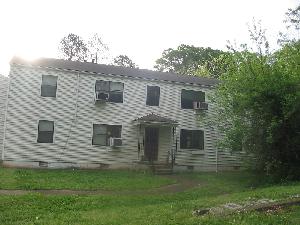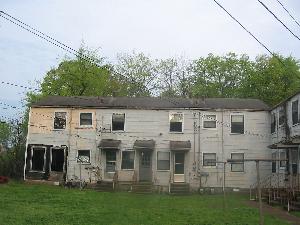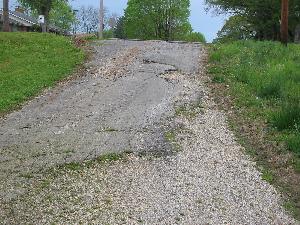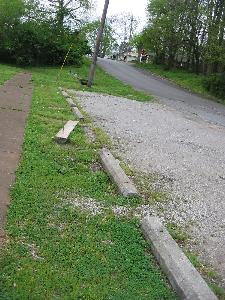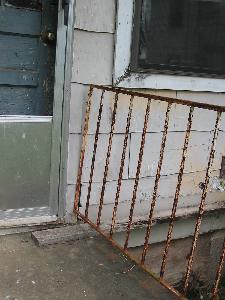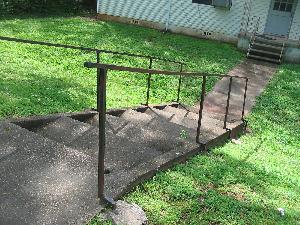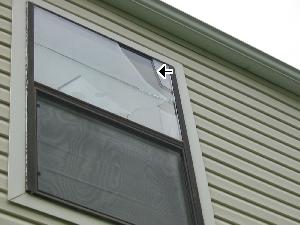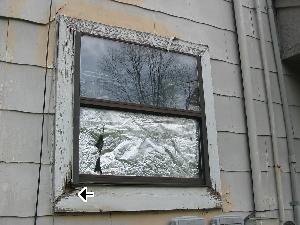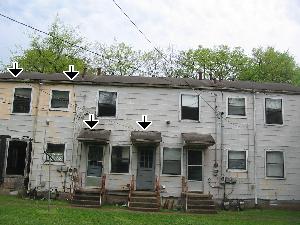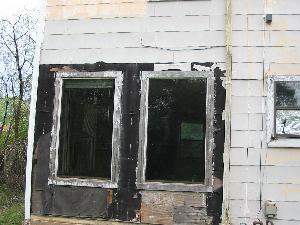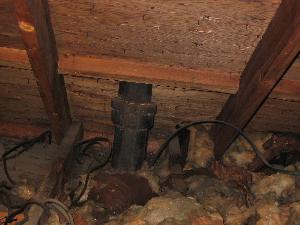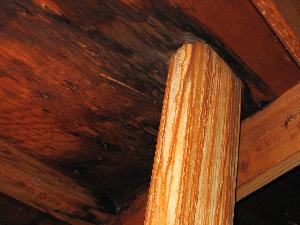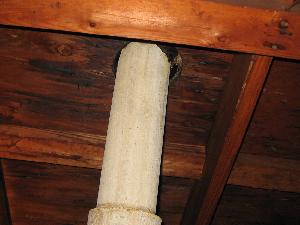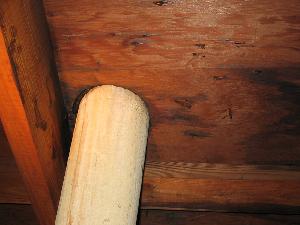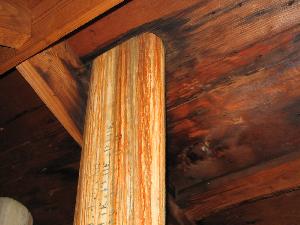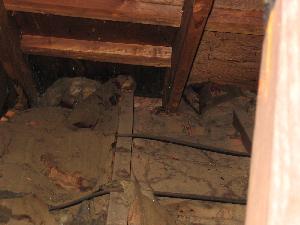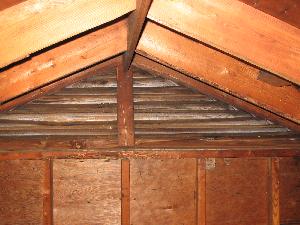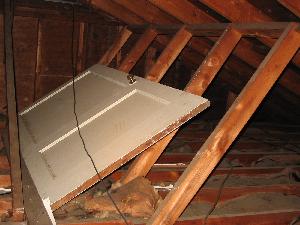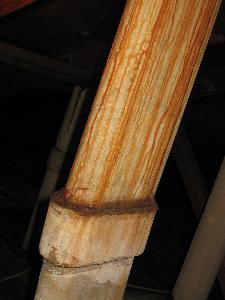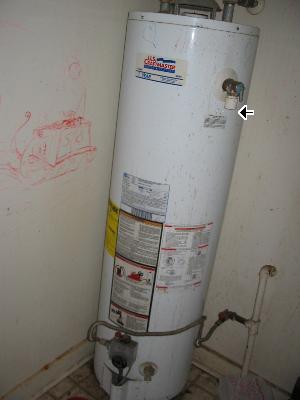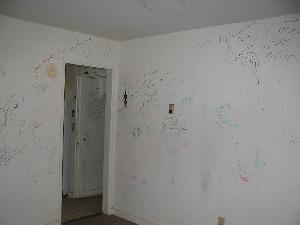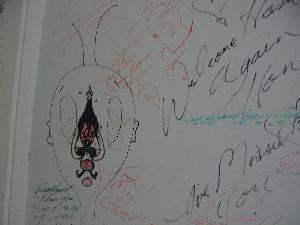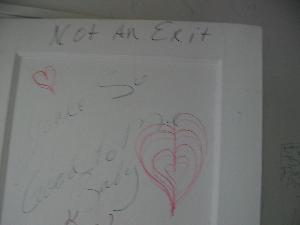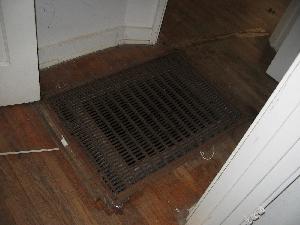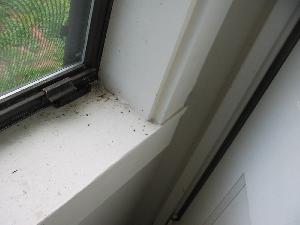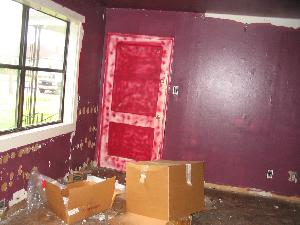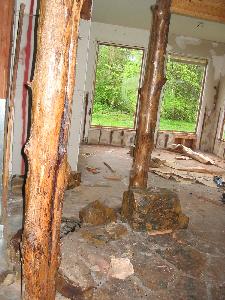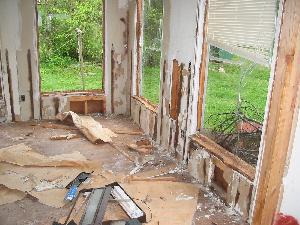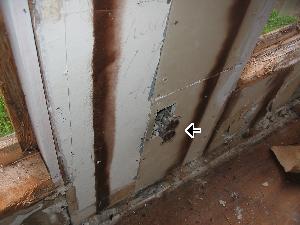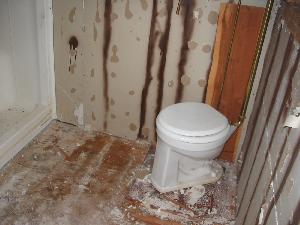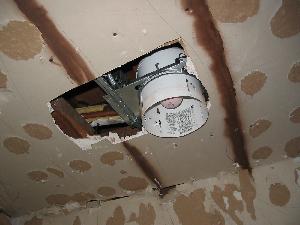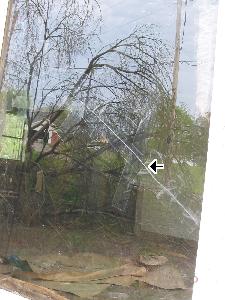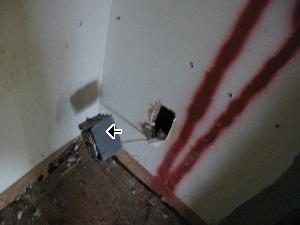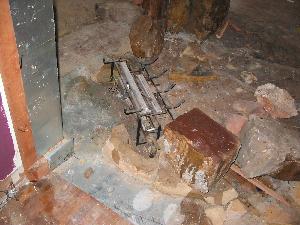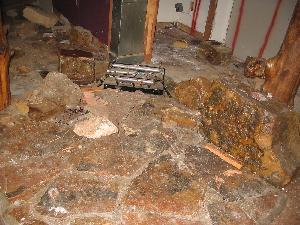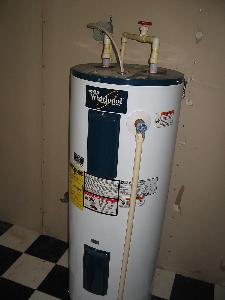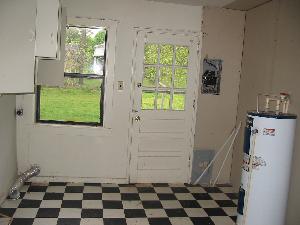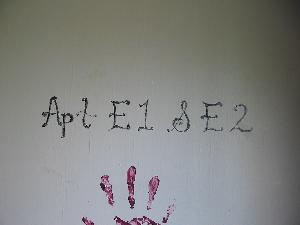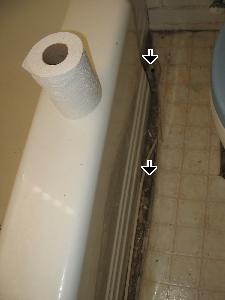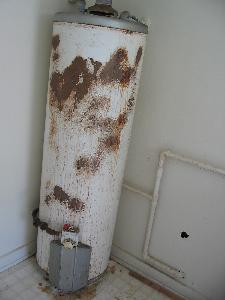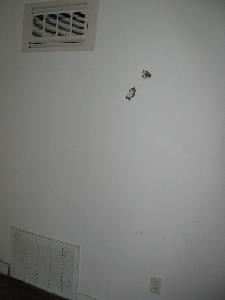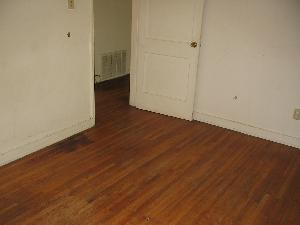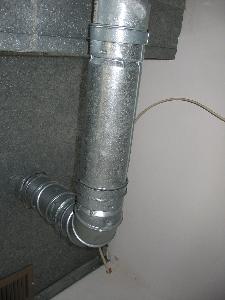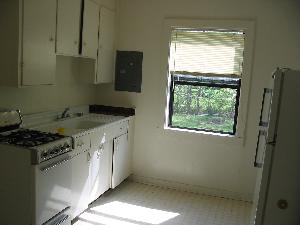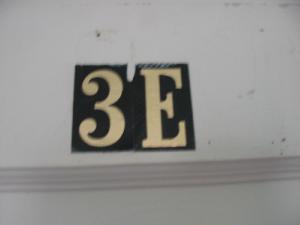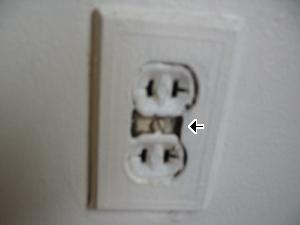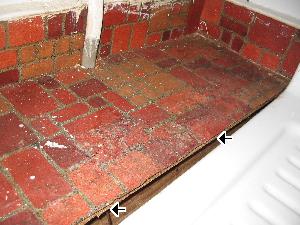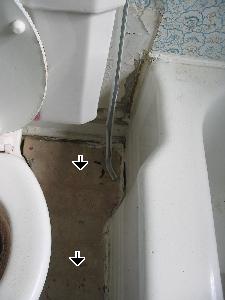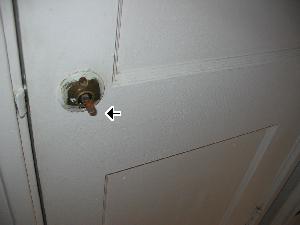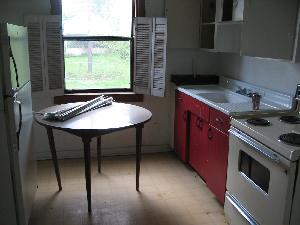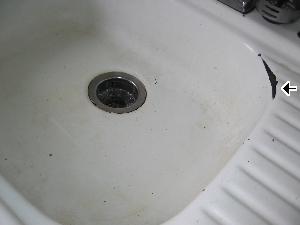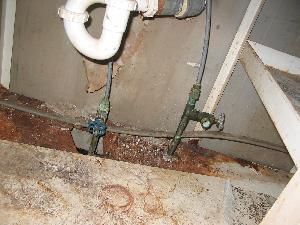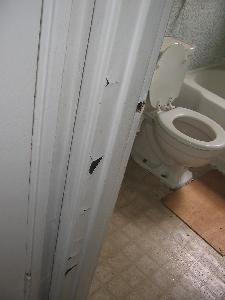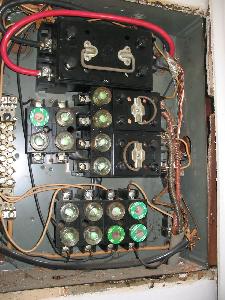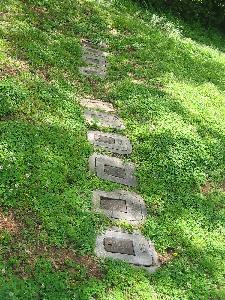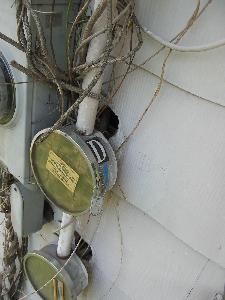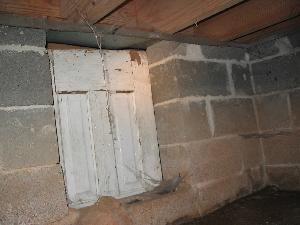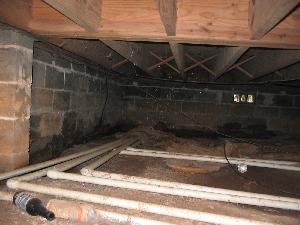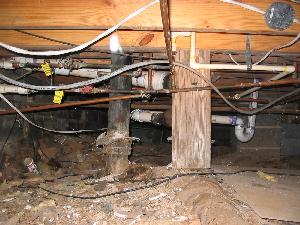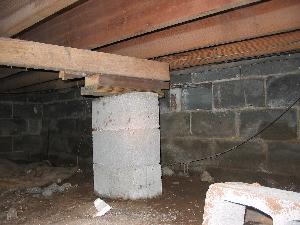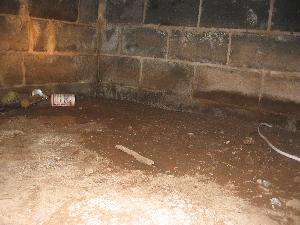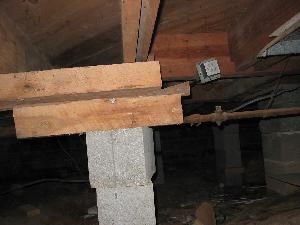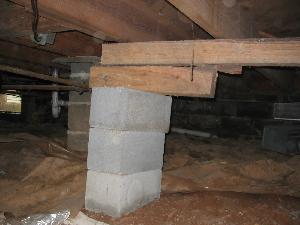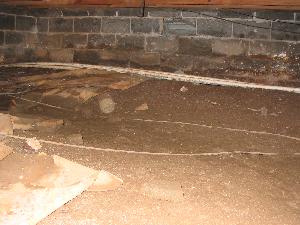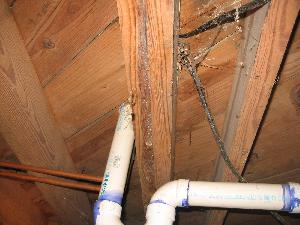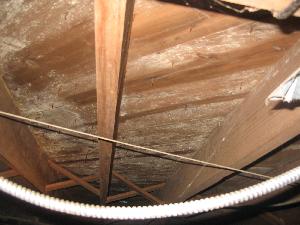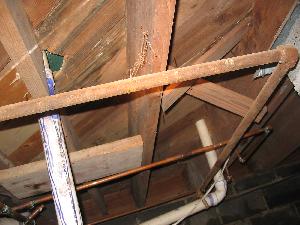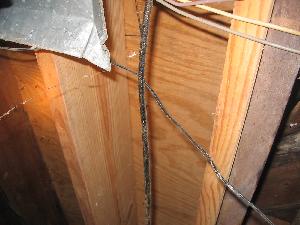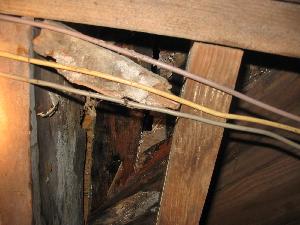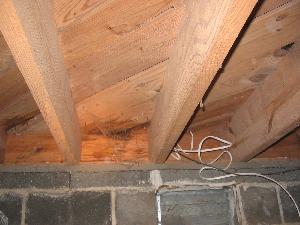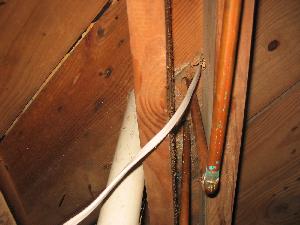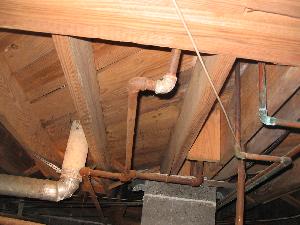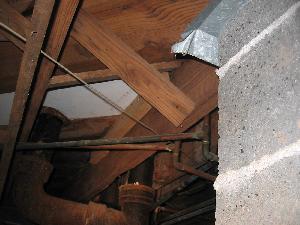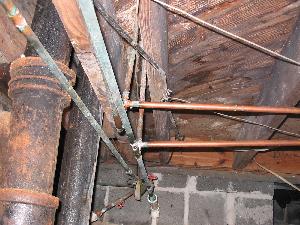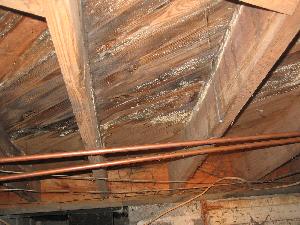
www.acehomeinspections.net
P.O. Box 1993
Alabaster, Alabama 35007
(205)401-3030 |
|
Customer
John Trietsch |
|
Home
Sample
|
|
Real Estate Agent
Sample
|
|
|
Weather:
Clear and Sunny | Inspection
Date
Monday, April 11, 2005
Report ID:
01530
| |
Temperature:
70 to 75 degrees |
Inspected By
Jeff Aiken
| |

SUMMARY

www.acehomeinspections.net
P.O. Box 1993
Alabaster, Alabama
35007
(205)401-3030 |
|
Customer
Sample |
|
Home
Sample
|
The following
items or discoveries indicate that these systems or components do not function
as intended or adversely affects the habitabilty of the dwelling; or appear to
warrant further investigation by a specialist, or requires subsequent
observation.
This summary shall not contain recommendations for routine upkeep of a system
or component to keep it in proper functioning condition or recommendations to
upgrade or enhance the function, efficiency, or safety of the home.
This Summary is not the entire report. The complete report may include
additional information of concern to the customer. It is recommended that the
customer read the complete report.
www.acehomeinspections.net
Home inspectors are not required to report on the following: Life expectancy
of any component or system; The causes of the need for a repair; The methods,
materials, and costs of corrections; The suitability of the property for any
specialized use; Compliance or non-compliance with codes, ordinances, statutes,
regulatory requirements or restrictions; The market value of the property or its
marketability; The advisability or inadvisability of purchase of the property;
Any component or system that was not observed; The presence or absence of pests
such as wood damaging organisms, rodents, or insects; or Cosmetic items,
underground items, or items not permanently installed. Home inspectors are not
required to: Offer warranties or guarantees of any kind; Calculate the strength,
adequacy, or efficiency of any system or component; Enter any area or perform
any procedure that may damage the property or its components or be dangerous to
the home inspector or other persons; Operate any system or component that is
shut down or otherwise inoperable; Operate any system or component that does not
respond to normal operating controls; Disturb insulation, move personal items,
panels, furniture, equipment, plant life, soil, snow, ice, or debris that
obstructs access or visibility; Determine the presence or absence of any
suspected adverse environmental condition or hazardous substance, including but
not limited to mold, toxins, carcinogens, noise, contaminants in the building or
in soil, water, and air; Determine the effectiveness of any system installed to
control or remove suspected hazardous substances; Predict future condition,
including but not limited to failure of components; Since this report is
provided for the specific benefit of the customer(s), secondary readers of this
information should hire a licensed inspector to perform an inspection to meet
their specific needs and to obtain current information concerning this property.
www.acehomeinspections.net
Prepared Using HomeGauge http://www.homegauge.com/ SHGI (c)
2000-2003 : Licensed To Jeffrey James Aiken
Styles & Materials
Inspection Items
Styles & Materials
CONCRETE
|
CONCRETE/ASPHALT
|
NONE
|
RELATIVELY LEVEL PROPERTY
|
OPEN FRONT YARD
|
TALLS TREES SIDES AND REAR
|
|
Inspection Items
Styles & Materials
FRONT IS SMALL HIP
EACH
REAR IS SMALL SLOPED
|
CONCRETE BLOCK
CONCRETE
SLAB
|
EACH HAS OWN SMALL SLOPED
WOOD CONSTRUCTION
|
DESIGNER METAL TUBING
|
1 SET FRONT CONCRETE
3
SETS REAR CONCRETE
|
1 COMMON FRONT STAIRS
1
SPLIT REAR STAIRS
|
ALL 4 APTS USE FRONT
UPPER
2 APT USE REAR
|
WOOD STAIRS
WOOD
RAILINGS
PLASTERBOARD
WALLS
PLASTERBOARD CEILING
|
FRONT ENTRY AREA
ONE
MIDDLE LANDING
UPPER ENTRY
AREA
|
|
Inspection Items
Styles & Materials
UNIT FRONT ENTRY DOOR
UNIT
REAR ENTRY DOOR
|
FRONT STAIRWAY ENTRY DOOR
REAR STAIRWAY ENTRY DOOR
|
WOOD
PANELED
|
DEADBOLTS
|
ALUMINUM
ALUMINUM
SASHES
|
SINGLE-HUNG
|
SINGLE PANE
|
VINYL FRONT
ASBESTOS TILE
REAR
|
LAP
|
ALUMINUM
|
CONCRETE BLOCK
|
WOOD
|
GROUND (binoculars)
VIEWED
FROM SECOND FLOOR
|
GABLE
|
FIBERGLASS ASPHALT SHINGLES
|
TWO
|
12 TO 15 YEARS
|
GABLE VENTS
SOFFIT
VENTS
|
|
Inspection Items
Styles & Materials
2 x 6 WOOD RAFTERS
PLYWOOD
ROOF DECKING
PURLIN BRACING
BOARDS
|
2 x 6 WOOD JOISTS
|
BATT
FIBERGLASS
|
3 INCHES
|
R-11
|
HALLWAY SCUTTLE HOLE
|
24 INCHES
|
16 INCHES
|
NO DECKING FOR STORAGE
|
|
Inspection Items
Styles & Materials
NO POWER/GAS/WATER
UNIT IS
VACANT
|
NO POWER/GAS/ELECTRICITY
UNIT IS VACANT
|
NO POWER/GAS/ELECTRICITY
UNIT IS VACANT
|
NO POWER/GAS/ELECTRICITY
UNIT IS VACANT
|
CUSTOM-MADE TYPE
|
ALL SOLID WOOD
|
LINOLEUM
|
METAL SINK CABINET TOP
|
SINGLE BASIN
|
MIX OF PVC AND METAL PIPING
|
GRAY PLASTIC TUBING
|
NATURAL GAS
|
HOTPOINT
|
NONE
|
HOTPOINT
|
MAGIC CHEF
|
US CRAFTMASTER 06/1997
|
WHIRLPOOL 40 GAL
12/2002
|
OLD
UNKNOWN
|
OLD
UNKNOWN
|
SIEMENS ITE 125 AMP
CIRCUIT BREAKERS
|
GE 125 AMP
CIRCUIT BREAKERS
|
SYLVANIA 100 AMP
CHALLENGER BREAKERS
|
FUSE TYPE 100 AMPS
GENERAL SWITCH
|
2 BEDROOMS
LIVING
ROOM
HALLWAY
KITCHEN
BATHROOM
CENTER
CLOSET
|
PLASTERBOARD
|
LINOLEUM
HARDWOOD
T&G
CARPET
|
ORIGINAL GAS FLOOR
FURNACE
UPGRADED UNIT
LOCATED IN CRAWLSPACE
|
GAS CENTRAL WALL
FURNACE
UPGRADED CLOSET
UNIT
HEIL 2-PORT UNIT
50000 BTU MADE 1998
|
GAS CENTRAL WALL
FURNACE
UPGRADED CLOSET
UNIT
RHEEM 2-PORT UNIT
45000 BTU MADE 04/1986
|
Inspection Items
Styles & Materials
COPPER
PVC
|
COPPER
PVC
|
METAL PIPE
|
UNKNOWN
|
PUBLIC
|
AT STREET
|
NATURAL GAS
|
KITCHEN
|
30 - 40 GALLONS
|
|
Inspection Items
Styles & Materials
ABOVE GROUND
|
USES A DRIP LOOP
|
ATTACHES TO SIDING
|
FUSES
CIRCUIT
BREAKERS
|
KITCHEN
|
ROMEX WIRING
|
|
Inspection Items
Styles & Materials
APARTMENT
|
BOTTOM UNITS IN CRAWLSPACE
TOP UNITS IN WALL OR CLOSET
|
NATURAL GAS
|
FORCED AIR FLOOR FURNACE
FORCED AIR WALL FURNACE
|
MANUAL LIT STANDING PILOT LIGHT
|
45000 - 50000 BTU/HR
|
|
Inspection Items
Styles & Materials
APARTMENT
|
1 WINDOW UNIT PER UNIT
|
2
|
|
Inspection Items
Styles & Materials
FULL CRAWLSPACE
|
2 X 8 WOOD FLOOR JOISTS
1
X 8 DECKING BOARDS
|
16 INCHES
|
CONCRETE BLOCK PIERS
|
DIRT
NO PLASTIC VAPOR
BARRIER
|
CRAWLED
|
2 CENTRAL FLOOR
FURNACES
|
Inspection Items
Prepared
Using HomeGauge http://www.homegauge.com/ SHGI (c)
2000-2003 : Licensed To Jeffrey James Aiken 
